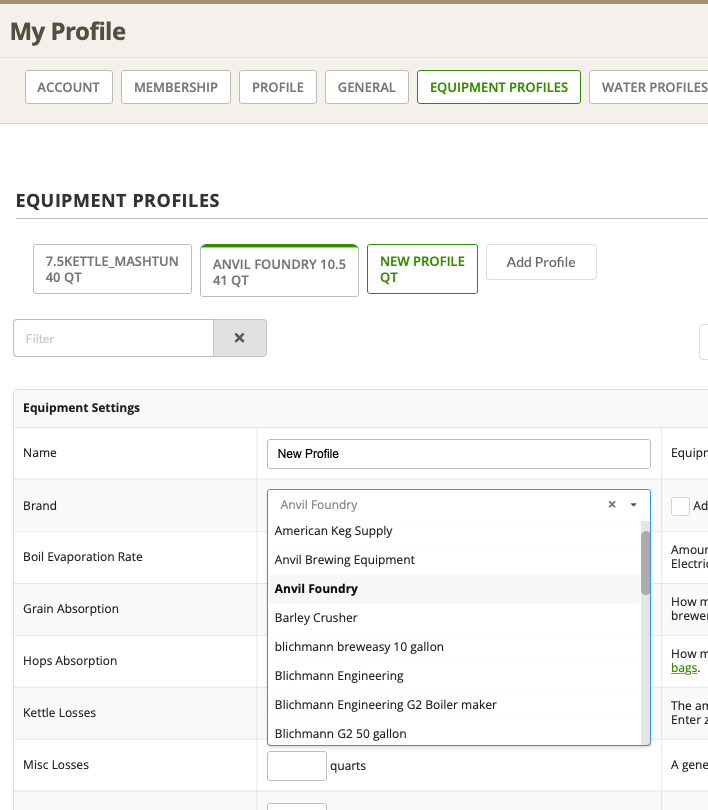capt_yo55arian
Well-Known Member
I think I'm in the right place... Complete n00b wanting to get the first brew right.
Plugged in the recipe to Beer Smith (10lbs Grain, Anvil Foundry 10.5 profile), and it is telling me to add 12.5 strike water (3.125 gallons) and 4.39 sparge. I noticed in the booklet it suggests 5.8 gallons strike and a gallon sparge. Am I doing this wrong? Don't wanna mess this up too much, and figured that Beer Smith would be a good resource, but maybe I am over thinking this... Any help would be appreciated. (I've attached the recipe created by Brew Smith)
 )
)
Plugged in the recipe to Beer Smith (10lbs Grain, Anvil Foundry 10.5 profile), and it is telling me to add 12.5 strike water (3.125 gallons) and 4.39 sparge. I noticed in the booklet it suggests 5.8 gallons strike and a gallon sparge. Am I doing this wrong? Don't wanna mess this up too much, and figured that Beer Smith would be a good resource, but maybe I am over thinking this... Any help would be appreciated. (I've attached the recipe created by Brew Smith)












![Craft A Brew - Safale BE-256 Yeast - Fermentis - Belgian Ale Dry Yeast - For Belgian & Strong Ales - Ingredients for Home Brewing - Beer Making Supplies - [3 Pack]](https://m.media-amazon.com/images/I/51bcKEwQmWL._SL500_.jpg)














































